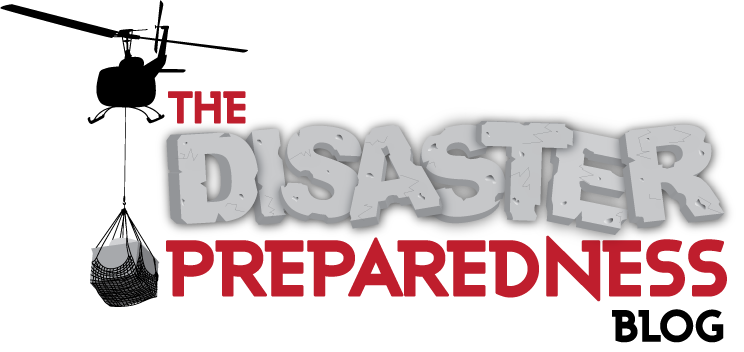Liquid Tamiflu Shortage Have Parents of Sick Children Searching For the Medication
 Friday, October 30, 2009 at 1:37PM | |
Friday, October 30, 2009 at 1:37PM | |  Email Article
Email Article From the DHS Daily Report: Tamiflu shortages have parents on wild dose chase
Officials have also instructed doctors to suggest that pharmacists mix the powder from capsules with syrup to make a liquid for children if the company’s version is unavailable.
As increasing numbers of children are coming down with swine flu, more parents are facing a shortage of liquid Tamiflu for children.
Spot shortages of the liquid form of the antiviral medicine are forcing mothers and fathers to drive from pharmacy to pharmacy, often late into the evening after getting a diagnosis and prescription from a pediatrician, in search of the syrup recommended for the youngest victims of the H1N1 pandemic. The drug can make the flu milder, go away more quickly and may cut the risk of potentially life-threatening complications.
The shortages are being caused by a surge in demand because of the second wave of swine flu sweeping the country, combined with a decision by Roche, the Swiss company that makes the medication, to focus on producing it in capsule form.
In response, the government has shipped to states hundreds of thousands of five-day courses from the Strategic National Stockpile, which is on standby in case there are disease outbreaks or bioterrorism attacks. Officials have also instructed doctors to suggest that pharmacists mix the powder from capsules with syrup to make a liquid for children if the company’s version is unavailable.
As increasing numbers of children are coming down with swine flu, more parents are facing a shortage of liquid Tamiflu for children. Spot shortages of the liquid form of the antiviral medicine are forcing mothers and fathers to drive from pharmacy to pharmacy, often late into the evening after getting a diagnosis and prescription from a pediatrician, in search of the syrup recommended for the youngest victims of the H1N1 pandemic.
The drug can make the flu milder, go away more quickly and may cut the risk of potentially life-threatening complications. The shortages are being caused by a surge in demand because of the second wave of swine flu sweeping the country, combined with a decision by Roche, the Swiss company that makes the medication, to focus on producing it in capsule form. In response, the government has shipped to states hundreds of thousands of five-day courses from the Strategic National Stockpile, which is on standby in case there are disease outbreaks or bioterrorism attacks.







